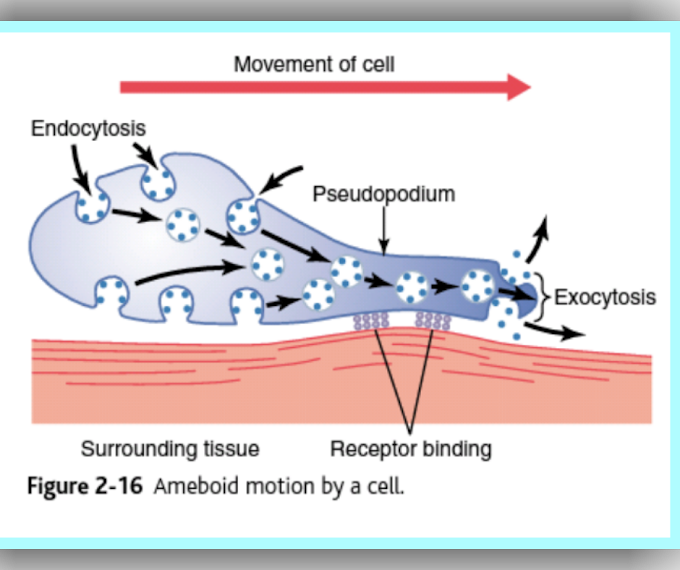 |
| Eye Evolution |
This was the moment when the occiput and retinal were first connected by a chemical bond. The base first fell into a cell consisting of one or two cilia. This cell or the combination of cells was what we know as the eye spot.
Although the eye spot is present in unicellular organisms such as Euglena and can also distinguish between light and dark, the eye spot we are referring to here is found in animals.
In animals belonging to some simple and primitive file, such as in flat worms and in leeches and mollusks.
In these animals, the eye spot contains many cells that are sensitive to light. This type of eye is a very simple and flat sheet type and in the true sense it cannot be called an eye yet.
This flat sheet underwent evolutionary changes and turned into a cup-shaped eye after about 364,000 generations. It took about half a million years for such a structural change. The study was completed in 1994 by Nilsson and Pelger.
The transformation of photoreceptor tissues from a flat sheet into a bowl-like pit was a big change because it was now very similar to the real eye.
The eye did not yet have a lens, instead light entered through a pinhole.
In the millions of years that followed, this cup-shaped eye evolved into a camera-like eye on the one hand, and a mixture of insects on the other.
After this summary, let us go back to the distant past.
.. .. .. .. .. .. .. .. .. .. .. .. .. .. .. .. .. .. .. .. .. .. .. .. .. .. .. .. .. .. .. .. .. .. .. .. .. .. .. .. .. .. .. .. .. .. .. .. .. .. .. .. .. .. ... ...
Proterozoic Era
.. .. .. .. .. .. .. .. .. .. .. .. .. .. .. .. .. .. .. .. .. .. .. .. .. .. .. .. .. .. .. .. .. .. .. .. .. .. .. .. .. .. .. .. .. .. .. .. .. .. .. .. .. .. ... ...
* The age of the earth is four billion six hundred million years.
* The first living thing is traced three billion seven hundred million years ago.
* All life to date is divided into different periods, which are called ERA.
* The duration of the Proterozoic Era stretches from 2.5 billion years ago to 542 million years ago. This area is also called the Pre-Cambrian Era.
* Life was born in its simple form. Not only prokaryotic and eukaryotic organisms but also multicellular organisms were formed. In animals, the animals (sponge-like) of the phylum Purifira came into being. Animals in this phylum did not have eyes (still do) but have light-sensing cells.
* Some single-celled algae of the Kingdom Protesta, such as dinoflagellates, contain photo receptors. These photoreceptors are amazingly eye-catching. They contain ocelloid, which has structures similar to retinas and lenses.
* Such a simple eye is not limited to this, but it is also seen in the early files of Kingdom Anemia, such as Nigeria. Although this file is uniform in its lineage and does not evolve into a vertebrate or invertebrate file.
* These are the two main animal fila of the Pre-Cambrian Era, Porifera and Nideria, which, although not eye-catching, some have cup-like photoreceptors. Certain types of jellyfish have a more advanced eye. The eye also has a lens and retina.
This indicates that the appearance of the eye began long before the Cambrian period.





0 Comments